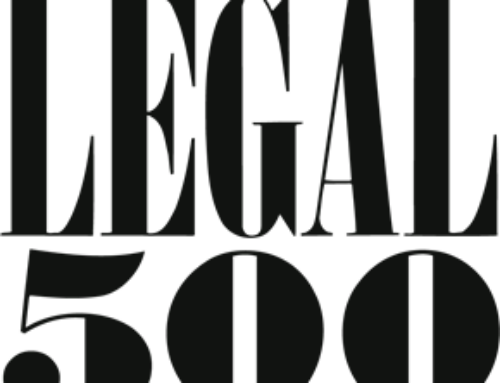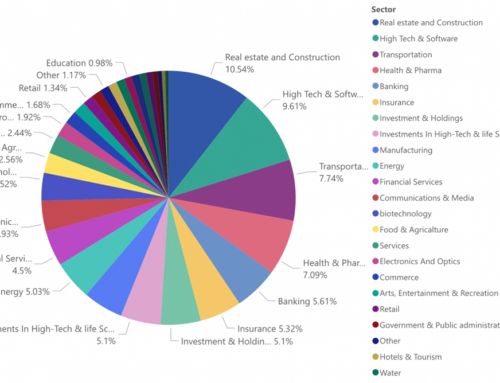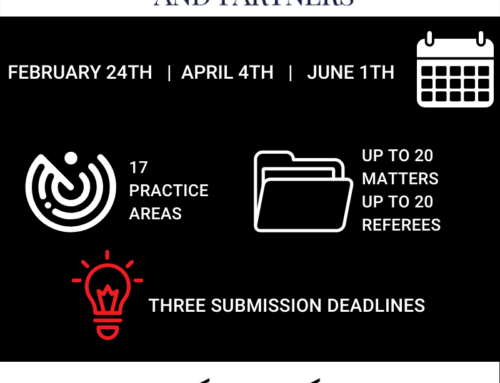Recently, we caught up with Restructuring Partner Daniel Simon from the Atlanta office of DLA Piper, and Associate David Avraham up in the Chicago office and also a member of the Israel Country Group. We are hugely grateful they took the time out of their busy schedules within DLA’s global Restructuring Group of more than 200 lawyers to share with us their observations on trends and best practices in these deeply uncertain times.
Their insight is gleaned from representing companies seeking restructuring options for their businesses, purchasers seeking to buy distressed assets, as well as bondholders, lenders and other financial institutions across the spectrum. Dan and David discussed the varying stages that companies have encountered during the COVID-19 crisis.
The Fast Moving Coronavirus Crisis: From “Wait and See” and Triage to Long-Term Strategic Planning
The initial expectation was that the Coronavirus crisis would pass quickly and that this would be a business disruption for 30-45 days, at most, and then business would resume as usual. This triggered “triage” mode: What do companies need to address in the immediate future to ensure that they come out relatively unscathed when the crisis passes?Companies examined impending loan maturities, immediate capital expenditure needs, tax obligations, and other critical payments, to ensure that business would continue without triggering any third-party defaults or otherwise jeopardizing the company’s operations.
But once reality set in, companies—even those that were thriving pre-COVID—understood the need to implement longer term plans to ensure the post-COVID viability of their businesses. DLA’s Restructuring Group has seen an influx of inquiries from colleagues in nearly every sector and practice group, whose clients are seeking to strategically tackle these challenges in a proactive and value-maximizing way.
Dan and David identified three categories of businesses facing this crisis:
- Companies that were struggling pre-COVID. These include oil and gas operators and service providers, restaurants, and certain retail outfits. COVID may represent a “tipping point” for these companies; and while the crisis may actually provide temporary relief (as lenders and landlords face challenges in exercising remedies), ultimately the fundamental pre-COVID business challenges have not changed—and were only exacerbated by the crisis—and these companies will need to reorganize or otherwise restructure their assets and liabilities in the near term. In-court restructurings that were already underway have, in many cases, also been temporarily stalled, but will likely pick back up in the near future.
- Companies that have seen an uptick in business during the crisis. These industries are the exception, to be sure, but certain industries from digital entertainment to healthcare to certain other consumer businesses have been able to capitalize on the “stay at home” restrictions across the globe. Certain COVID-related habits and trends may have a lasting impact and enable these companies to continue to grow post-crisis, or, at the very least, avoid the need to undergo any sort of meaningful restructuring post-COVID.
- Otherwise healthy companies that are facing distress as a result of COVID. This category, of course, comprises the largest number of businesses, from tourist economies and the travel sector, to real estate enterprises and financial institutions.
Key Takeaways and Best Practices
In this environment, a firm’s restructuring group will be heavily relied on, not only during the present crisis but for months to follow as the impact of the crisis more fully unfolds. Dan and David identified several takeaways and best practices for professionals in these groups:
- Encourage clients to engage key constituencies immediately. Clients that have not already reached out to lenders, landlords and key vendors and suppliers should, in consultation with their professionals, begin those discussions immediately. Most parties in interest have a stake in a company’s long-term operational viability and will work cooperatively, particularly in this environment, to reach a consensual resolution on a range of issues.
- Stay current on governmental relief programs. Governments across the globe are enacting and implementing emergency relief programs to enable businesses to stay afloat during this crisis. Professionals must quickly learn and understand the implications of these new programs and how they may be helpful to their clients; the first-movers will likely benefit quickly, while those that lag will be caught up in administrative logjams. Also, businesses should take advantage of these programs but never rely on them to solve operational difficulties.
- Identify investment opportunities for buyers. This is a buyer’s market across several industries, and likely will be for the foreseeable future. Restructuring professionals with significant buy-side experience for distressed assets will be particularly useful resources during and following this crisis.
- Work collaboratively across practice groups. Many practice groups in full-service law firms are only now receiving their first exposure to “Restructuring 101.” Engage professionals in those groups and offer your support and services to their clients. While many professionals are fearful of “restructuring,” focus on the need to implement strategic alternatives now, for the benefit of the client’s long-term viability.
- Be tactful. This crisis has destroyed businesses (not to mention tens of thousands of lives), and represents one of the greatest global challenges in the modern era. Clients who act with appropriate tact and corporate social responsibility during this crisis will be looked upon favorably for years to come.
You can reach Daniel ([email protected]) or David ([email protected]) to discuss these or any other restructuring issues.







